Overview
This is the story about how Rhythms of Life became Rhythms for Life.
Rhythms for Life is much more than a book.
Although the book Rhythms for Life bears my name, it is a project that involved multiple stakeholders and it came to fruition through collaboration. I applied the concepts of design thinking to develop the prototype of the book. After years of using the prototype, the final version was written. I then applied Kotter’s change theory and dialogue education to develop a supporting workbook.
An iterative process of development.
Multiple stakeholders
The Concept
A common challenge in the church is empowering people to grow spiritually. In the summer of 2017, I met with the staff of St. Peter’s Fireside to explore how to help people become more intentional in their spiritual formation. Together, we decided to look backward before looking forward. The monastic movement encouraged communities of monks to live by a rule for life: a set of communal disciplines and practices.
We asked, What would it look like if people at St. Peter’s Fireside lived by a rule for life? And, What if they developed a rule of life in tandem with a process of self-reflection? This would allow practices and disciples to be anchored by a clear purpose: to become who God made us to be.
Next, the team identified key themes for self-reflection: identity, gifts and talents, values, and purpose. After these initial meetings, I collaborated with two staff members to write short drafts for each topic.
The First Prototype
One month later, I met again with the staff of St. Peter’s Fireside to review our drafts. We quickly realized that our project had expanded beyond our intention. We had the workings of a short book. We invited the whole staff to read the draft and offer feedback. After revisions, we concluded that a book alone would not bridge the gap of helping people become more intentional in their spiritual formation. We turned to Dialogue Education as a theory and created accompanying worksheets as achievable-based outcomes designed to help bring mind, heart, and feet together.
Once we finalized the content, we had produced a 115 page book/workbook. We printed a high quality draft to prototype with a beta test group. In the fall of 2017, we brought together a group of 22 people to work through the book and worksheets over a weekend. Afterward, they competed a survey designed to solicit critical feedback. The survey produced 77 pages of data and illuminated strengths and weakness in the prototype. Afterward, we entered into another round of content and worksheet revisions before self-publishing the book for the people of St. Peter’s Fireside.
Rhythms of Life
In the spring of 2018, I designed and released Rhythms of Life.
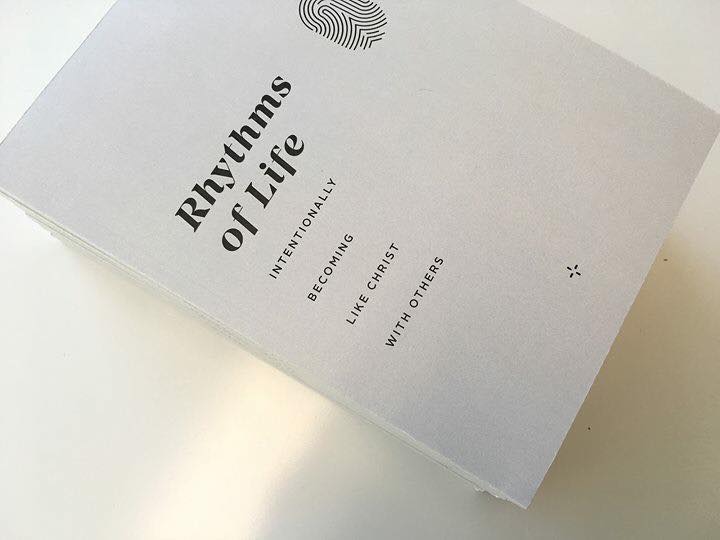
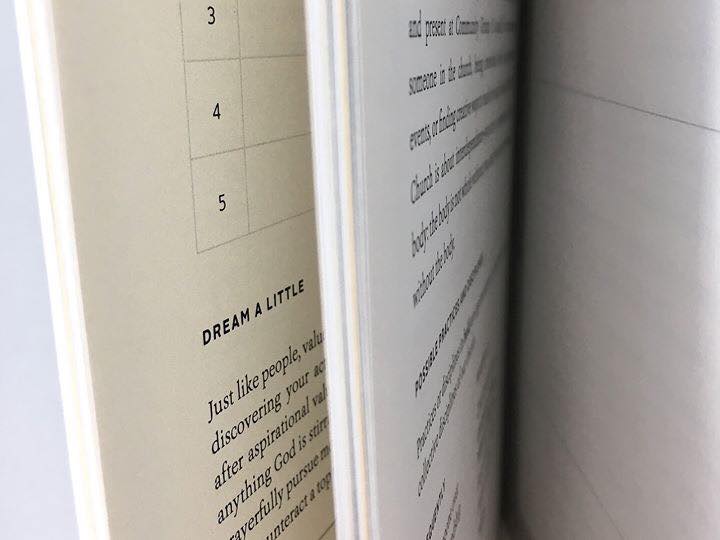
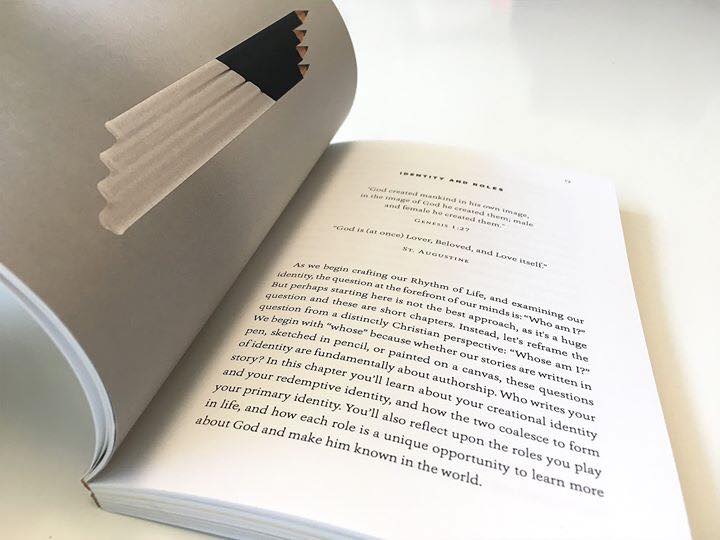
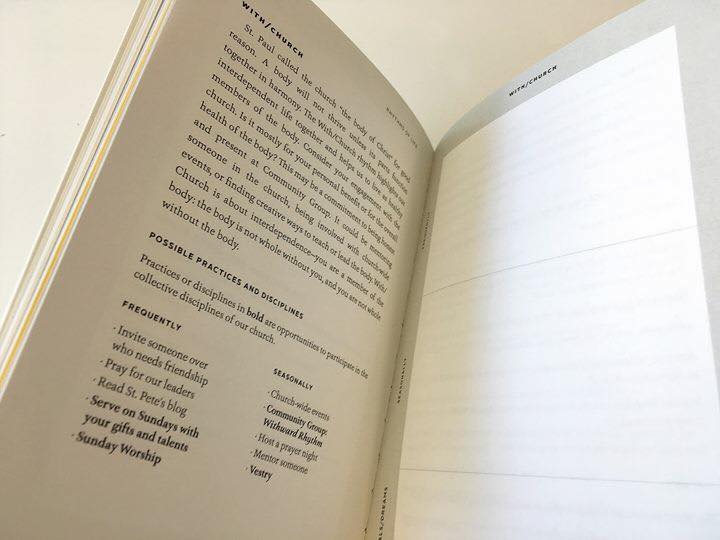
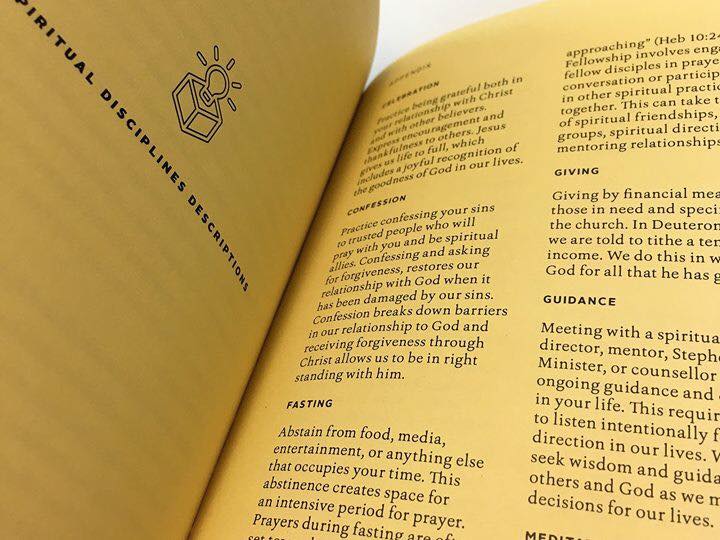

The book featured artwork by a local artist, Kate White.






However, we did not want to hand out books for people to complete on their own. Instead, we developed a short retreat designed for busy urbanites. Over the course of one-and-a-half days, participants would read aloud and work through the worksheets together. We hosted these retreats on a regular basis over the next two years.
The Second Prototype
Early into the release of Rhythms of Life, Redeemer City to City contacted me about producing a version to be used in their global network. After testing Rhythms of Life in three global cohorts and receiving feedback from Redeemer City to City, I produced another version of Rhythms of Life intended for an audience beyond St. Peter’s Fireside.
After submitting this revised version, the team at Redeemer City to City suggested shopping the book to publishers. We partnered with InterVarsity Press. However, this partnership produced further revisions and changes. First, IVP wanted a single author rather than a multi-author book. This required that I rewrite all the content. They also asked for the second half of the book to be expanded. The result is that I rewrote the book from my perspective and integrated insights and stories from years of using the content within St. Peter’s Fireside.
Rhythms for Life
In 2020, InterVarsity Press released Rhythms for Life.
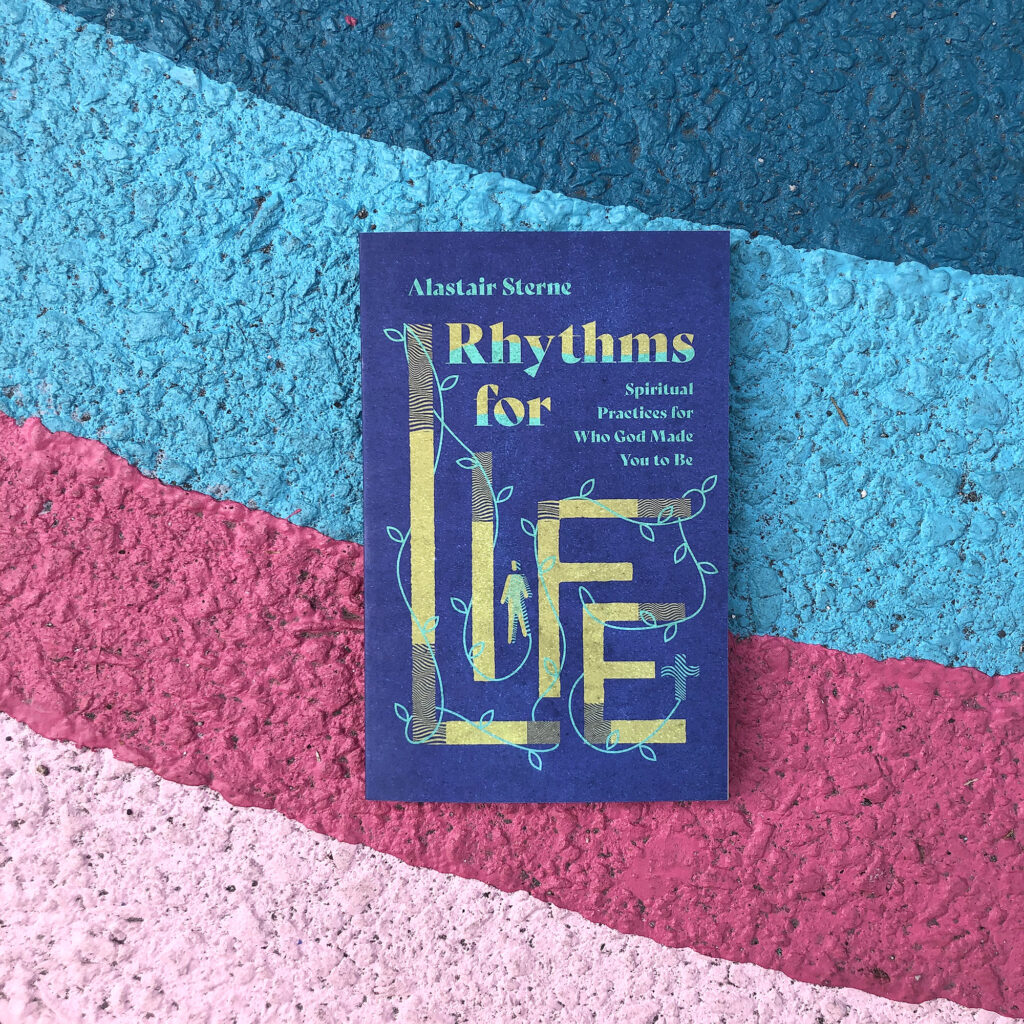
Rhythms Together
The expanded version of Rhythms for Life made our previous deployment strategy obsolete. A new question arose, How do we deploy Rhythms for Life in the most formative way possible?
I turned to Kotter’s model of change and formed a guiding coalition. This group was composed of ( …).
We were also awarded a Grant from Forum for Theological Education which allowed us to produce supporting videos for the accompanying workbook. These videos feature people who have internalized the principles of Rhythms for Life providing an example of embodiment.
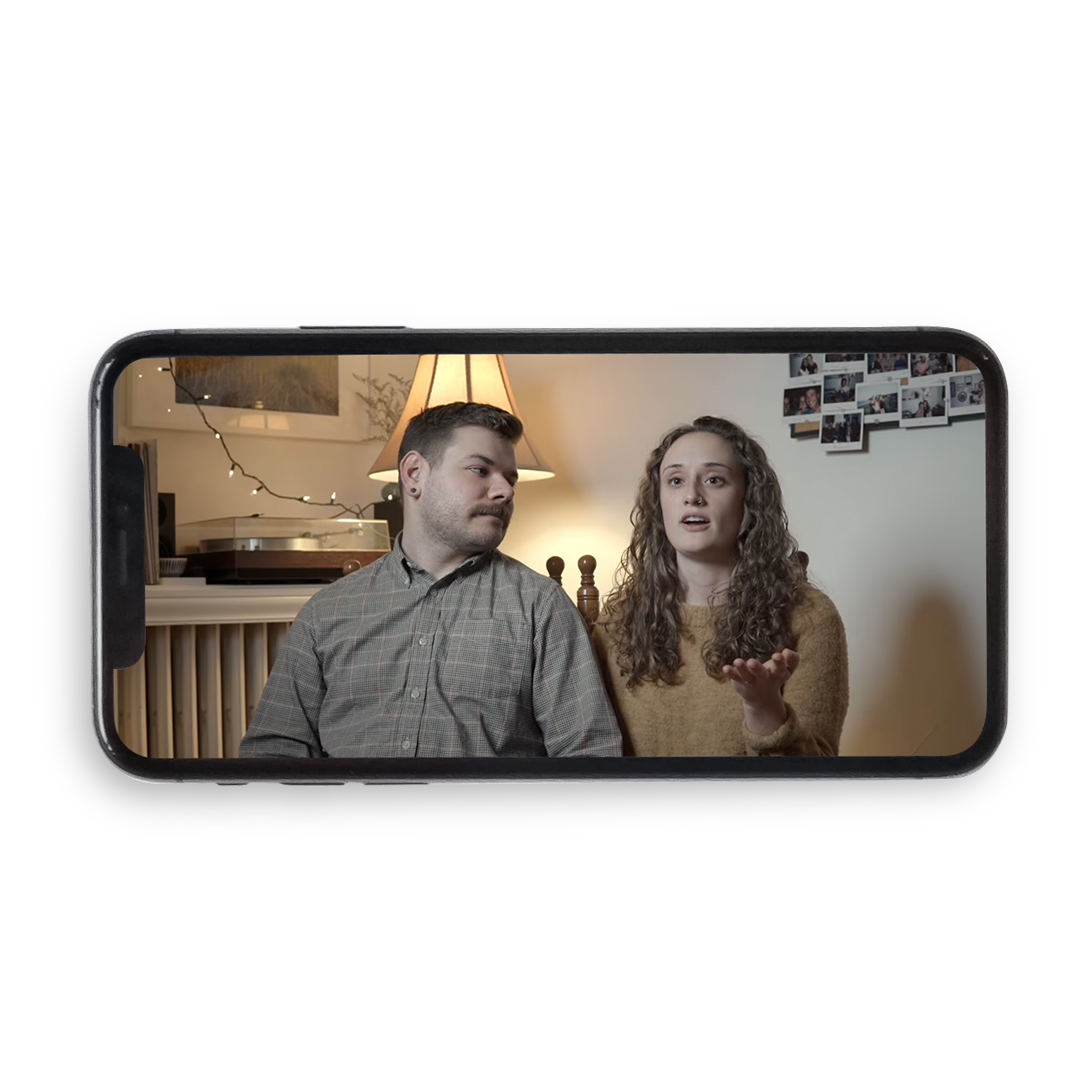
The Case Study
Pilot Groups …


